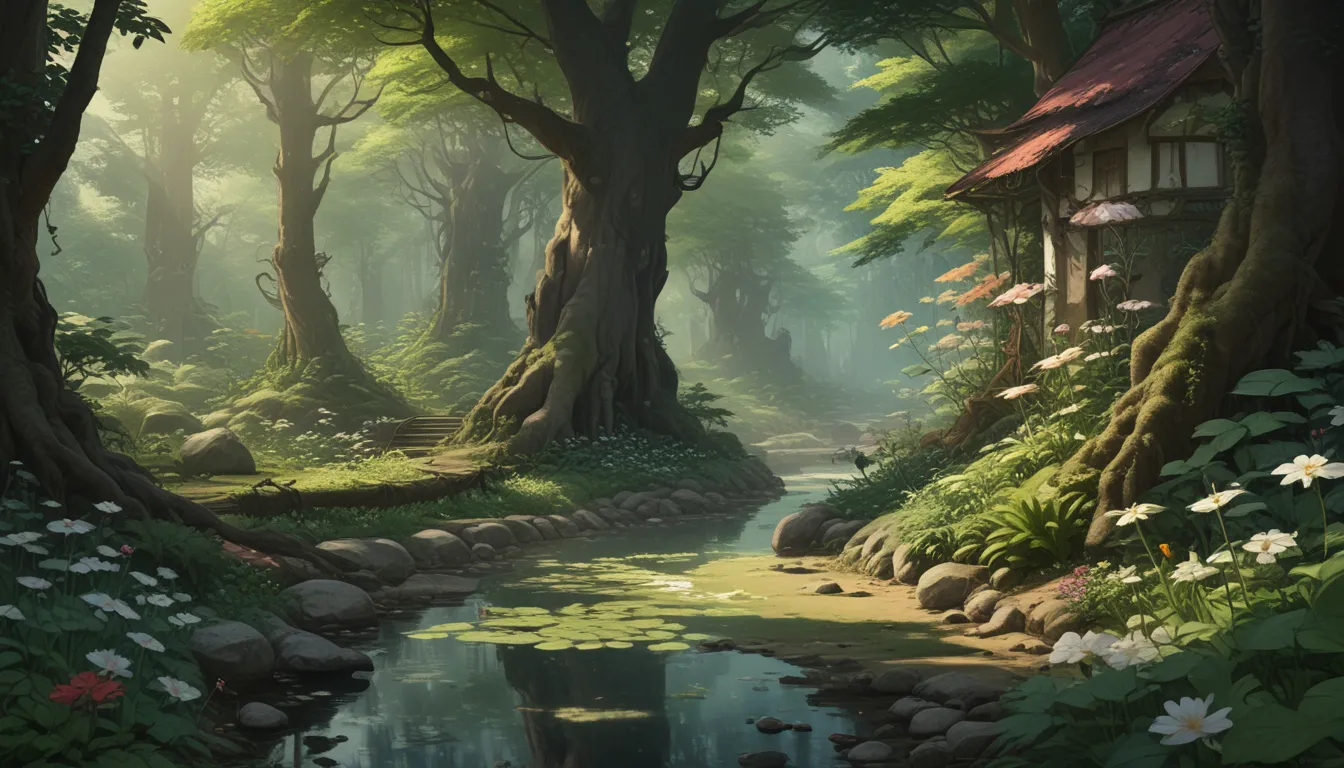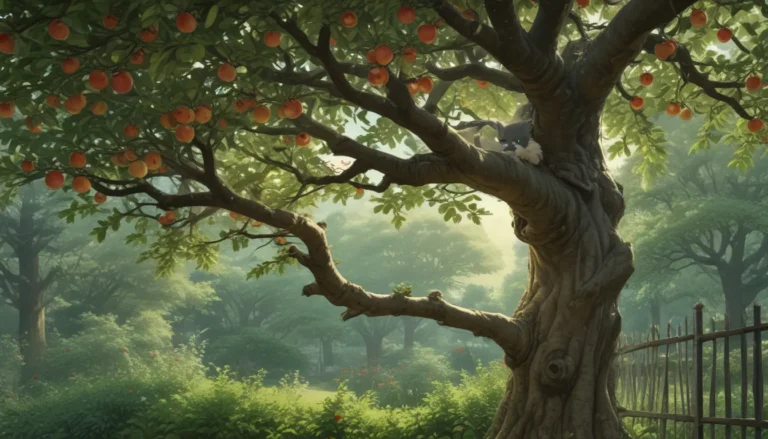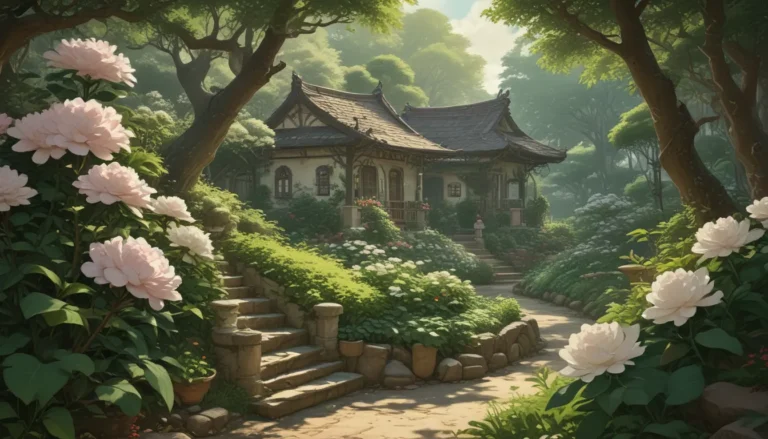The Beautiful World of Trillium Flowers

Trillium flowers, also known as birthroots, are a sight to behold. These ephemeral flowers grace us with their presence for only a short period in the spring. The trio of leaves and colorful flowers of Trillium add a touch of elegance to shady spots.
Native to North America, Trilliums are a unique addition to any garden. They are not invasive like some imported plants and can transform dull, shady areas into beautiful displays.
Let’s delve deeper into the world of Trillium flowers and discover how to grow and care for these lovely plants.
Unveiling Trilliums
Trilliums, also known as the trinity flower, toadshade, and wake-robin, belong to a genus with around 90 species. These plants come in various forms, with some having flowers directly on top of the leaves, while others have flowers on short stems.
The characteristic feature of Trillium plants is the trio of bracts, leaves, petals, and sepals. The name “Trillium” is derived from the Latin word “trilix,” meaning triple. These plants come in shades of white, pink, yellow, green, and red.
These slow-growing herbaceous plants can live for up to 25 years or more and are pollinated by a variety of insects like ants, bees, beetles, and flies.
Due to habitat loss and threats from animals like deer and feral hogs, Trilliums are endangered in many parts of North America.
Propagation of Trillium Plants
From Seed
Propagating Trilliums from seed can be a challenge but rewarding. Seeds need to be harvested, kept moist, and subject to alternating periods of warmth and cold to germinate.
From Rhizomes
Planting rhizomes in early spring or late fall is the preferred method of propagation. Plant the rhizomes about two inches deep in loose soil, ensuring they are well-watered.
By Division
Dividing Trillium plants is best done when they are dormant. Carefully separate the rhizomes and transplant them to new locations.
Cultivating Trillium Flowers
When it comes to growing Trilliums, mimicking their natural forest habitat is key. Plant these shade-loving flowers in rich, loose soil with a slightly acidic pH. Ensure the soil is moist while the plants are growing, adding leaf mulch for nutrients.
Growing Tips
- Plant in partial or full shade in rich, loose soil.
- Keep the soil consistently moist in the spring, allow it to dry out completely in the summer.
- Add a two-inch layer of leaf mulch around plants.
Maintenance
Trilliums form associations with ants, which help spread their seeds. Keep an eye out for unwanted growth and maintain the plant by removing invasive species like garlic mustard. Trilliums don’t need deadheading but may benefit from a trim after the foliage dies back in the summer.
Selecting Trillium Species
It is essential not to take live Trillium plants from the wild due to their endangered status. Choose species native to your area from nurseries specializing in native plants. Various species like T. grandiflorum, T. discolor, and T. sulcatum offer unique characteristics and growing requirements.
Managing Pests and Disease
Trilliums are relatively resilient to pests and diseases, with herbivores like deer and slugs posing the most significant threat. Diseases like smut and anthracnose can be treated with a fungicide. Proper garden maintenance and vigilance can mitigate these risks.
Best Uses for Trilliums
Trilliums make excellent ground covers for shady areas and pair well with other woodland plants like blue cohosh, ferns, and wild ginger. Avoid planting near aggressive species like honeysuckle and English ivy to prevent smothering.
Quick Reference Growing Guide
- Plant Type: Herbaceous perennial
- Hardiness (USDA Zones): 4-9
- Bloom Time: Spring
- Exposure: Full shade to partial sun
- Height: Up to 18 inches
- Spread: Indefinite
- Water Needs: Moderate to high
- Maintenance: Low
Embrace the Beauty of Trilliums
Trillium flowers are a wonder of nature, adding elegance and color to shady garden spots. By understanding their unique requirements and propagation methods, you can cultivate these beautiful plants in your garden. Choose from a variety of species and enjoy the charm of Trilliums in your outdoor space.
Do you have a fondness for spring ephemerals like Trilliums? Share your experiences and favorite species in the comments below. Explore other spring ephemerals like Virginia Bluebells, Columbine flowers, and Bleeding Hearts to further enhance your garden’s beauty.
Omne Trium Perfectum: Everything that is good comes in threes – a fitting description of the exquisite Trillium flowers. Embrace nature’s beauty with these delightful plants and create a charming woodland garden oasis. Happy gardening!
In conclusion, Trillium flowers are a unique and beautiful addition to any garden, offering elegance and color to shady areas. By understanding their growing requirements and how to propagate them, gardeners can cultivate these lovely plants successfully. Explore the diverse species of Trilliums available and enjoy the beauty they bring to your outdoor space. Happy gardening!





